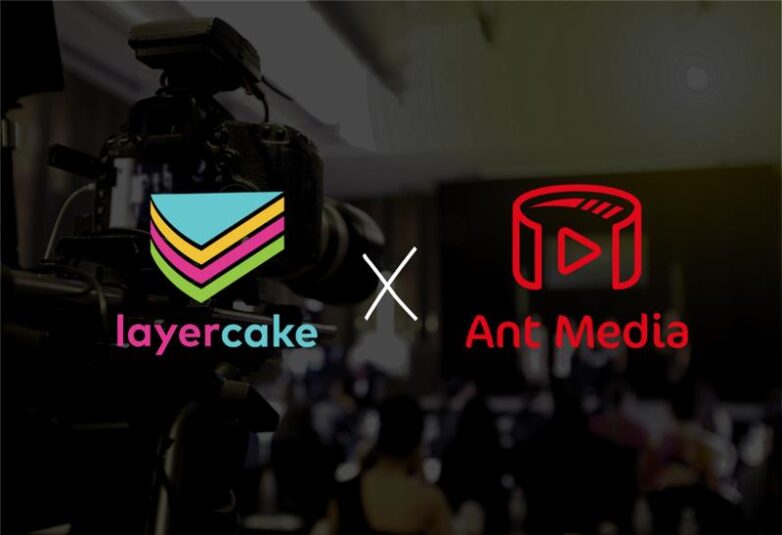In recent years, the media landscape has experienced significant transformation, primarily driven by advancements in technology. One notable development is the integration of Layercake’s Streamcake platform with Ant Media Server. This collaboration enhances the realm of intelligent streaming by combining ultra-low latency video delivery with automated scheduling and orchestration capabilities. For small and medium-sized business (SMB) leaders, understanding and utilizing this integration can provide a competitive edge in today’s fast-paced media environment.
To leverage this integration, it’s vital to start with a clear understanding of the available automation tools. Platforms like Make and Zapier facilitate these connections, allowing businesses to establish seamless workflows. Begin by identifying repetitive tasks within your media operations that could benefit from automation. Regularly scheduled live streams, video processing, or content distribution are prime candidates. Document these processes to create a comprehensive workflow map.
Once you’ve identified these tasks, the next step is to create automation scenarios. For example, using Make, you can set up a scenario where once a video is uploaded to your selected platform, it is automatically processed and scheduled for streaming through Streamcake using Ant Media’s capabilities. This scenario drastically reduces manual hours spent on scheduling and ensures a real-time response to events, which is crucial for live and interactive content.
Turn your attention next to the setting up of your environment. Deploying Ant Media Server in your chosen environment—whether cloud-based, on-premises, or hybrid—offers significant flexibility. Using Streamcake for orchestration, you can navigate the varying processing requirements of your media setup. As you provision resources, focus on geographic and operational efficiency to enhance your output. This flexibility allows you to scale resources up or down to meet demand, ensuring that you only pay for what you use.
When implementing low-latency streaming, particularly for applications such as live auctions or gaming, the technology integration enables sub-0.5 second latency through WebRTC. To leverage this capability, ensure your infrastructure is optimized for these requirements. Testing the workflow in a controlled environment before going live will allow you to troubleshoot potential issues and confirm that the integration meets your set benchmarks.
As you move into automated orchestration, the value of intelligent scheduling becomes apparent. By using Streamcake’s features, you can align the production and streaming process with real-time events. This includes setting automatic triggers that pull content from your library or schedule for recording based on demand forecasts or specific events. Establishing parameters within your automation tool allows for a simplified yet sophisticated approach to managing workflows.
In terms of protocol flexibility, the integration between Streamcake and Ant Media supports a variety of ingest and delivery protocols. This wide range facilitates easy adaptation to diverse broadcasting environments, a key advantage for SMBs looking to enter multiple markets or platforms. Familiarizing yourself with these protocols will ensure you can seamlessly integrate new streaming methods as your needs evolve.
Security also plays a crucial role in the success of your streaming operations. Incorporating integrated security measures such as token-based access control and IP whitelisting not only protects your content but also enhances user confidence in your offerings. Therefore, use your automation tools to manage these security protocols efficiently. Implementing secure credential management ensures safety protocols become a part of your day-to-day operations without requiring constant manual oversights.
Once your infrastructure is set, continually evaluate your return on investment (ROI). Track metrics like viewer engagement, audience retention, and fulfillment of live streaming objectives. Utilize built-in analytics from your streaming and automation platforms to make data-driven adjustments that optimize your workflows further. Establish regular audits—perhaps on a monthly or quarterly basis—to assess operational efficiencies, costs, and any areas for improvement.
With advancements in technology and tools like Layercake and Ant Media Server, SMBs now have unprecedented opportunities to streamline their media operations. The integration enables efficient, low-latency content delivery tailored to the needs of audiences across various platforms. Real-time use cases—such as interactive broadcasting and live healthcare services—can thrive in this new ecosystem through effective automation of processes.
The journey to mastering efficient media workflows may seem daunting, but by approaching it step-by-step—starting with automation tool selection and workflow mapping through to security implementation and ROI assessment—SMBs can transition into this advanced space effectively. At the heart of it all, automation through platforms like Make or Zapier not only boosts productivity but also allows for scalability and responsiveness needed to adapt to fast-changing media landscapes.
FlowMind AI Insight: Embracing automation within media workflows not only saves time but enhances operational efficiency, positioning SMBs to respond quickly to market demands while optimizing resources. Effective deployment of these technologies fosters a competitive advantage in a rapidly evolving digital landscape.
Original article: Read here
2025-09-09 14:25:00

